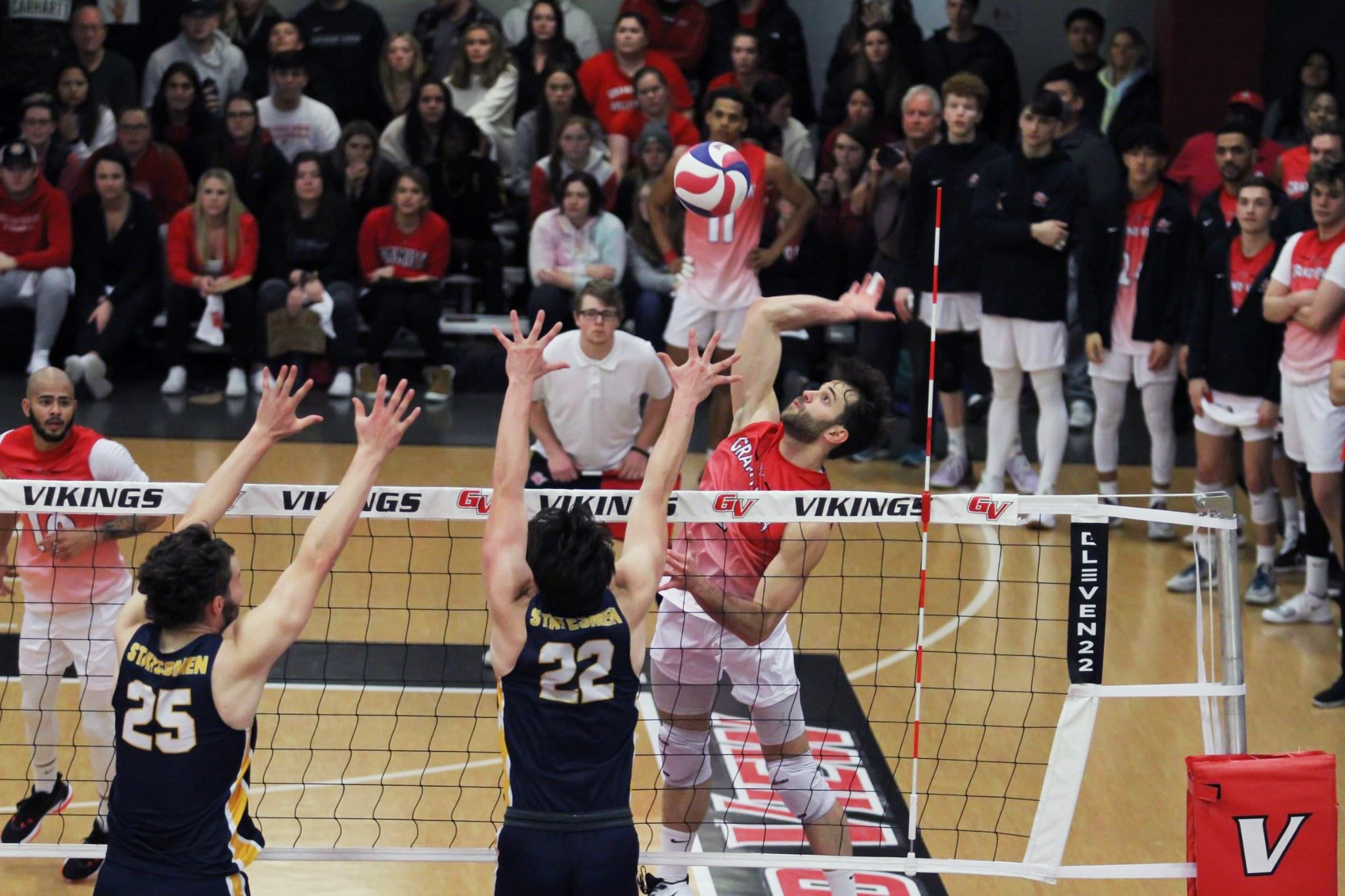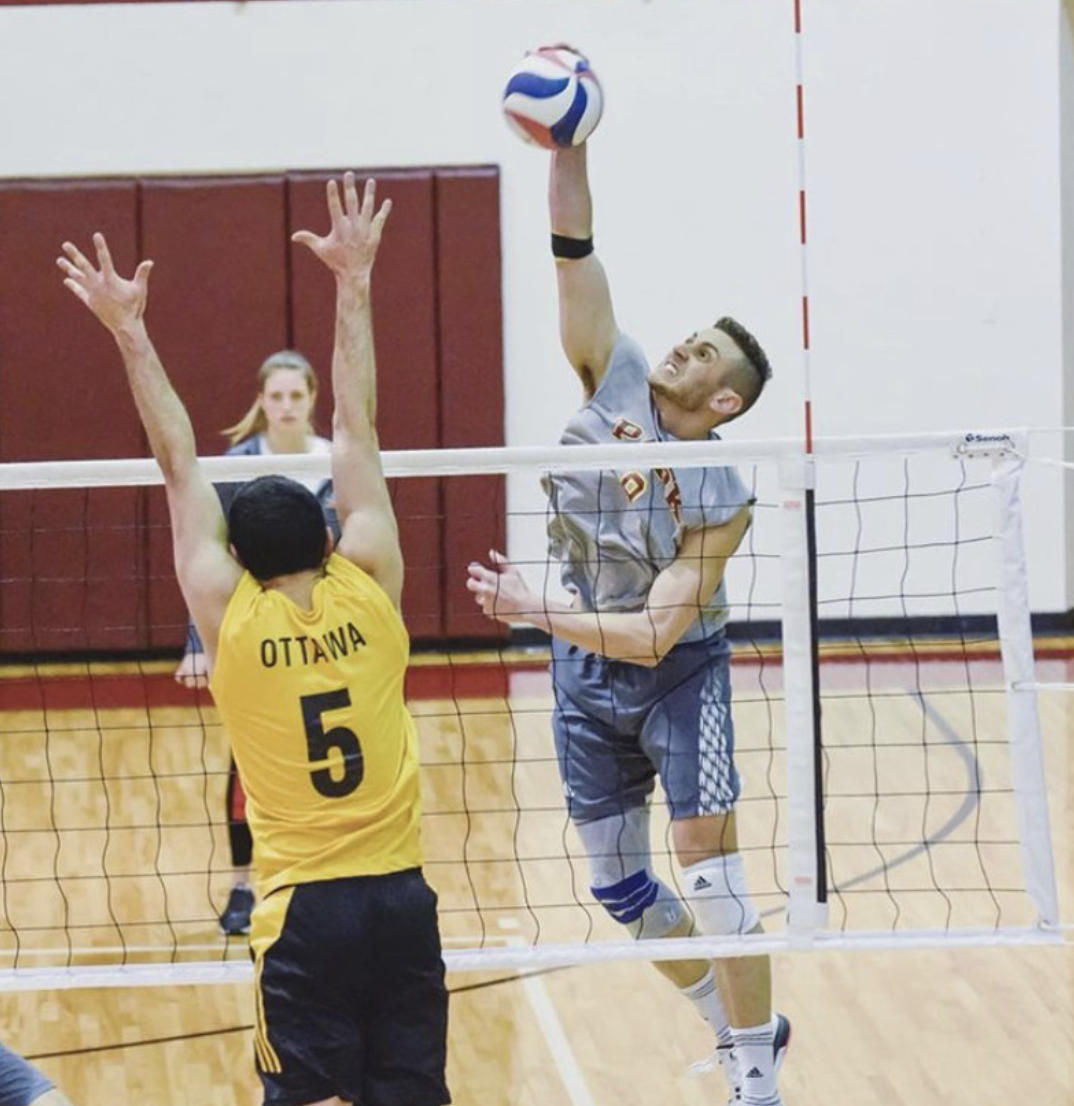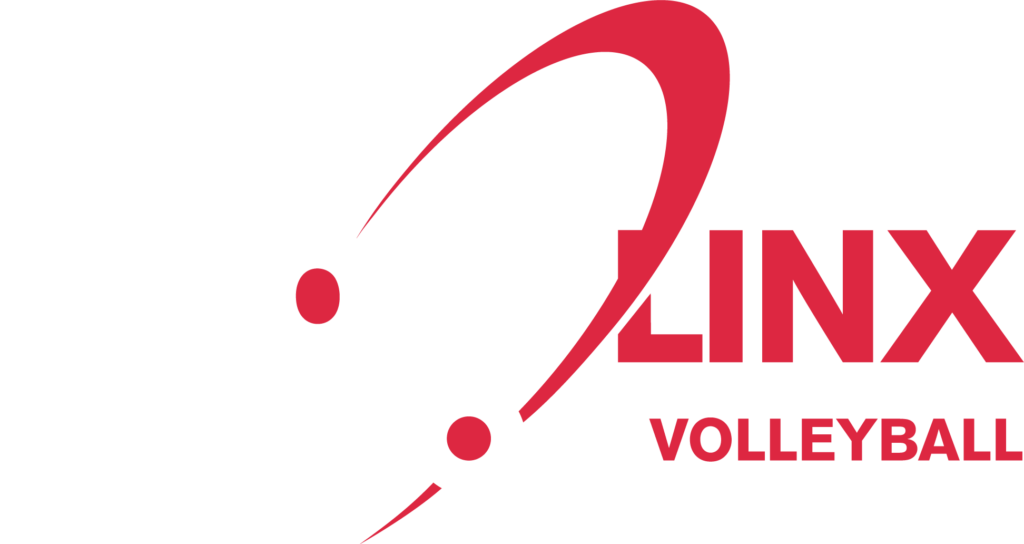Men’s volleyball in American colleges can be played, considering the numbers of 2022, in about 300 colleges.

Volleyball
Men's Volleyball in U.S. Universities

Organization
Each of these higher education institutions is part of a “league” that regulates and organizes intercollegiate sports competitions, including men’s volleyball. The most well-known of these leagues is the NCAA (National Collegiate Athletic Association).
Unlike women’s volleyball, the NCAA combines DI and DII teams into a single national league of nearly 60 teams.
Division III of the NCAA is the largest with over 120 teams but, as is the case with all other sports, there are no scholarships for sporting merit in this division.
The NAIA (National Association of Intercollegiate Athletics) is the other reference league for men’s volleyball that offers excellent opportunities, not only from a sporting point of view, but also in terms of value for money and investment.
The NJCAA (National Junior College Athletic Association) for 2-year junior colleges, on the other hand, was recently introduced and has less than 20 colleges, but it is one of the leagues that is rapidly developing and offers many opportunities to volleyball players of all levels.
The CCCAA (California Community College Athletic Association) is another league for junior colleges and is exclusive to the state of California. They only play a tournament within the state and do not compete in the national championship.
Below you will find a summary table of the leagues and divisions present for men’s volleyball to give you an idea of the possibilities in each league and division. Consider that the programs that are announced for 2024 and 2025 are already included!
| League & Division | Number of teams | Average rose size |
| NCAA’S | 28 | 21 |
| NCAA DII | 38 | 17 |
| NCAA DIII | 122 | 15 |
| CONSCRIPTION | 66 | 17 |
| NJCAA | 346?? | 16 |
| CCCAA | 16 | 16 |
Level of competition
In Italy, there is a great misconception about the level of volleyball in American colleges. In general, it is due to the ignorance of most of the people who talk about it because they are not experts in the American volleyball industry, but (perhaps) in volleyball in general without considering the particularities of that system.
The level of volleyball is very varied and ranges, to give you an idea, from an Italian first division to Serie A2! We can find teams that could be considered of an even lower level but, to try to be concrete, for a player who, at the end of high school in Italy, is a starter in Serie D, you can think that finding solutions as a collegiate student-athlete in the USA is feasible and also to get some partial sports scholarships.
Scholarship Benefits
The fact that there is room for players already starting from the Italian Serie D does not mean that everyone can aspire to sports scholarships. In fact, for those who are Serie D players departing from Italy, sports scholarships are usually partial and the amount of programs to apply for is limited. As the sporting level is higher (along with other physical and academic abilities), scholarships can become more comprehensive, but it is very rare to find scholarships that fully cover expenses for the first year…. even for those who are strikers in Serie A!
If you are curious to know the main motivation for this reality, read at the end of this page: TITLE IX.

In the NCAA DI and DII universities can offer up to 4.5 full-coverage sports scholarships And usually coaches tend to distribute them among most players by assigning them a “part” of these scholarships which, added to those for academic merit, make up the scholarship package. It’s very rare to have players with full scholarships in their first year. On the other hand, it is possible to become a full scholarship holder by demonstrating, once arrived, the academic and sporting qualities and thus improve the initial scholarship.
NCAA DIII, on the other hand, does not have scholarships for sports merit and so college expenses must be met through academic and other merit scholarships and personal funds.
The NAIA is usually where the best opportunities for men’s volleyball players are found, as each program can offer up to a maximum of 8 scholarships per team. Here, too, between sporting and academic merit, it is very often possible to cover most of the expenses, and since colleges in general are less expensive, the total to be paid after the awarding of scholarships is much lower.
Remember that scholarships are valid for one year and are therefore renewable at the end of each academic year. (see Scholarships – what they are)
For the NJCAA scholarship opportunities are still limited, but each college creates attractive economic packages that allow Italians to evaluate a start of a journey in these facilities and then move to the NCAA and NAIA leagues to finish their degree. The peculiarity in JUCOs is that, having to move after 2 years, the “round of athletes” is much higher and more frequent.
As with the NJCAA, the CCAAA is not officially regulated from the point of view of the sports scholarships that each college can offer, so the proposals are very personalized according to the resources and needs of the teams.
Il TITLE IX
Title IX is a legal provision of U.S. jurisprudence that provides, among other things, for the allocation of resources equally for both sexes, in order to protect women’s rights and to create inclusive projects that guarantee equality.
This rule prohibits gender discrimination in federally funded educational activities. It is a very important regulation for university sports because it guarantees women the same opportunities as men. In the context of sports, Title IX has had a significant impact because, in practice, It requires universities and colleges to offer an equal number of sporting opportunities to men and women.
So, if a college has an American football program that doesn’t have a female equivalent and that offers a lot of scholarships, the institution will need to balance these opportunities by offering scholarships in other women’s sports, such as volleyball or beach volleyball.
This implies that for males, scholarships go mainly to top sports such as American football, basketball, baseball, track and field etc… And just as many scholarships must be awarded to women’s sports, including volleyball (which takes a good percentage of them) along with basketball, and football but also to lesser-known sports such as rowing or field hockey.

